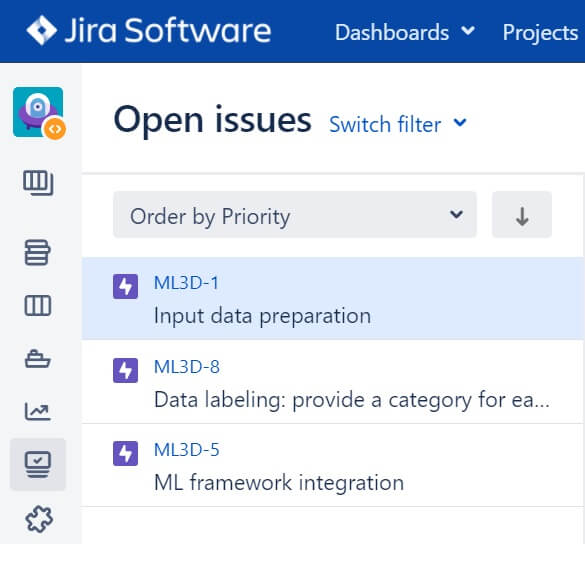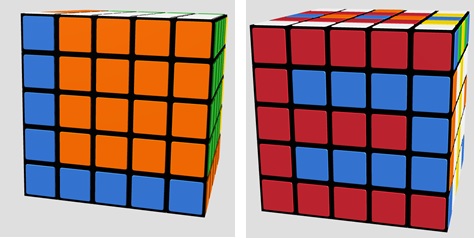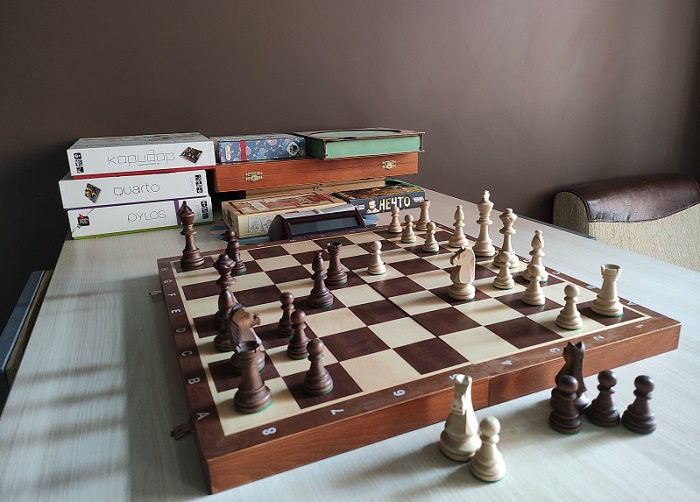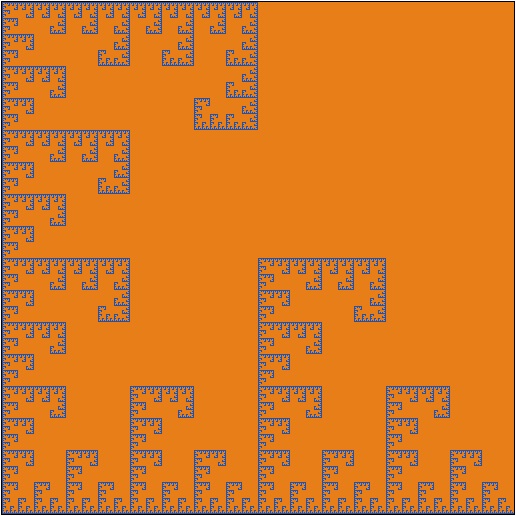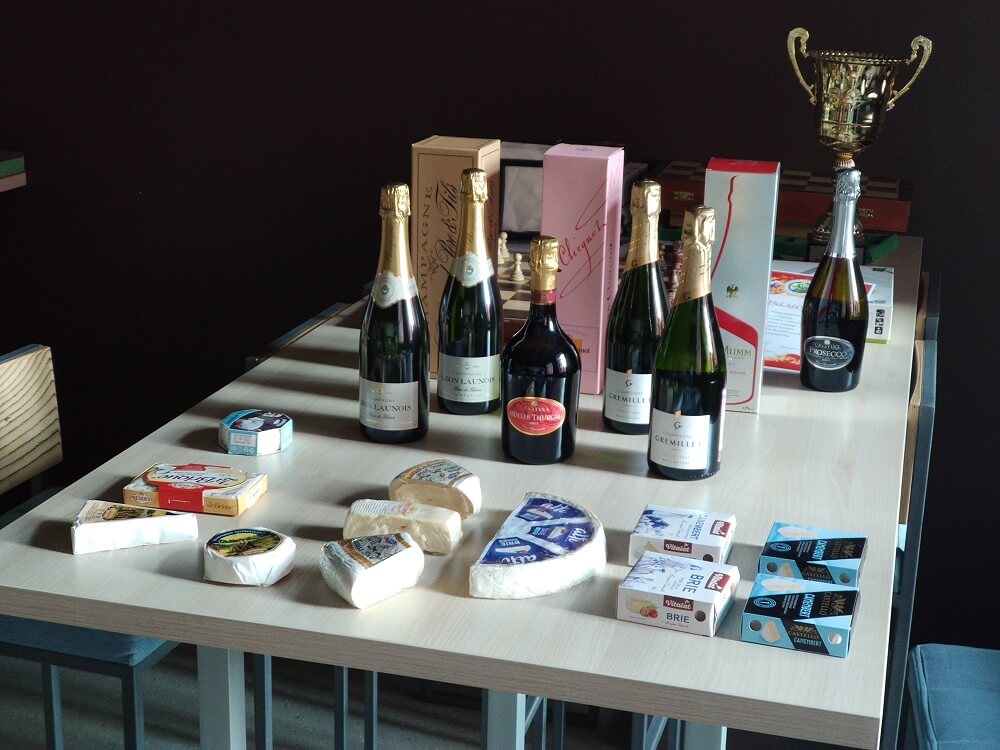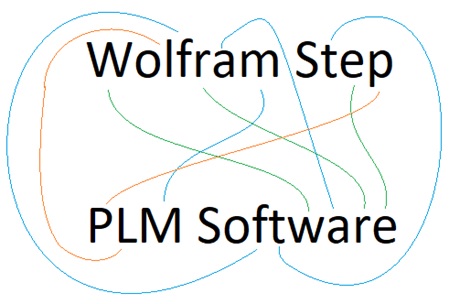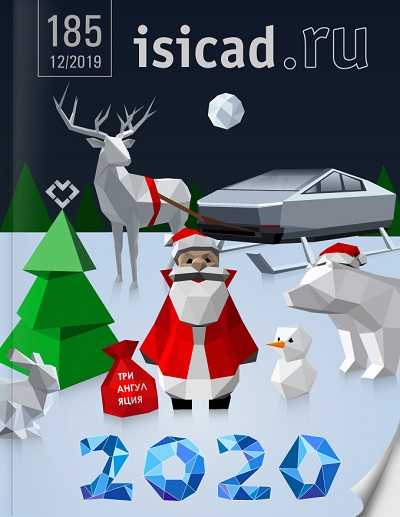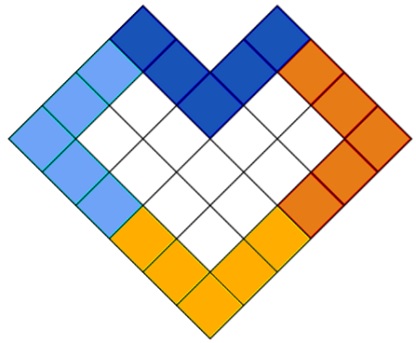Блог ЛЕДАС
Deciding Which is Better: Plug-ins or Applications
Ноя 08, 2021Many of LEDAS’ projects are developed as plug-ins for CAD software programs, ranging from powerful systems like CATIA to lighter weight solutions like Rhino. Oftimes, we help our customers decide on which direction their ideas are best developed: in the form of a plug-in or as a standalone program.
In this post, I reflect on why and when plug-in development is the better approach compared to building an application from scratch. I’ll also talk about the forms of plug-in that are useful in different situations. Learn more about our CAD plug-in development expertise.
Pros and cons of plug-ins
Plug-ins either solve specific problems or add functions that are missing from CAD systems. A good example is CAMWorks from HCL, an ...
Since 1999, LEDAS has provided software development services to clients in a number of areas of hi-tech engineering, and as a result our team of developers works with a broad set of software tools.
At the very least, we need project management software, a compiler, and an operating system. In fact, we need more software than on that short list, but for now let’s focus on these three categories. They are the most critical for any software developer.
At LEDAS, these three main categories are represented primarily by Jira, Visual Studio, and Windows. Some other programs, such as for version control, text documents, spreadsheets, and presentations, are now freely available, so anybody can avoid those licensing costs.
Jira
Jira is often considered a leader in the market for project management ...
Rubik’s 5x5x5 Cube Challenge
Сен 07, 2021The first four times we invited you to take on our game challenges, they all operated at the same level of difficulty for everyone — whether inverting the state of Conway's Life game, inventing ways to split a polymino, solving PLM anagrams, or composing a most beautiful fractal, given constraints.
With today’s challenge, you get to choose the level of difficulty. As the ideal — and the most accurate scale of difficulty known to man — we will use the skill levels from the Doom computer game (illustrated below), which incidentally is now 33 = 3*3*3 = 27 years old.
Why Doom, and Why Now?
When we first planned this Rubik’s cube challenge at the beginning of August, the stars aligned in a remarkable way. Judge for yourself:
LEDAS’ Intellectual Games Club Flourishes Online
Июл 01, 2021“Our life is but a game,” sang Herman during the opera The Queen of Spades. Which game exactly? That one everyone should decide for himself.
We at LEDAS love playing games, as is probably the case with most developers around the world. Sometimes we prefer video games; other times, board games that provide the extra special kind of social enjoyment that allows us to develop good relations with teammates and colleagues.
We have a collection of board games in our coffee room and so during that “before pandemic” era we sometimes stayed late in the office playing them.
People have always been curious, searching for answers to many questions. Discovering an answer is emotionally comparable to scoring a goal during a football World Cup finale. Over the decades, mass media ...
LEDAS Fractal Contest
Июн 09, 2021“Good! He did not have enough imagination to become a mathematician.”
— Hilbert's response upon hearing that one of his students had dropped out to study poetry.
(wiki)
Do you love mathematics as much as we do? Over the years, we’ve developed five constraint solvers and a lot of other software that’s mathematically sophisticated, and through that we have gained some understanding in this area of expertise.
So, today we want to talk about the seemingly impossible: things that you can understand but also seem like just a fantasy. Yes, right now! The beauty of mathematics is that there really are a lot of remarkable sides to it that everyone can enjoy.
For example, can you imagine a ...
LEDAS' Birthday on Mathematician's Day
Апр 01, 2021Today is April 1 and we are 22 years old! We are proud of our history, but we could not imagine that a whole year of remote work would become a part of it. Fortunately, we are starting to return to the office step by step. Today we will celebrate our birthday with a small group of employees who have already been vaccinated.
However, we hope that we will meet together and continue celebrating in June on the seashore. In fact, this is not a sea, but a reservoir next to the dam. It is so large that at some points the opposite shore is not visible, that is why we call it the Ob Sea. By the way, at the beginning of April the Ob Sea is still ...
Pivot Points In the Story of LEDAS
Мар 30, 2021It’s just before our 22nd anniversary on April 1, and looking back at the history of LEDAS, I see that the first years from each decade were, for our company, the really important ones. Often, these years started new stories and finalized old ones.
Arguably, 2011 was the most pivotal year in LEDAS’ history. Let me list the top five events that happened to our company ten years ago:
- Top management changed completely when co-founder David Levin stepped back as CEO and took on the role of Chairman of the Board. A new generation of young managers, aged around 30 years old, now occupied the CEO, CTO, and COO positions.
- Thanks to advice from an industry mate, LEDAS decided to focus mostly on high-quality software R&D (research and ...
LEDAS Anagrams: Seawater Folds
Мар 01, 2021One aspect of intelligence is the ability to quickly run through a range of options. It is not that people must get through alternatives faster than a computer, but that they move systematically and purposefully from one option (when found to be wrong) to another option, finding the better direction in which to move. We are talking here about the ability to adjust the brain to the specifics of a task, about the rapid training of one’s own neural network.
Today we invite you to come up with anagrams that are meaningful to you and that involve our primary topic of interest, CAD/CAE/CAM/PLM/BIM. When we program computers to work with anagrams, they go through words in a dictionary incredibly quickly, trying the various permutations and analyzing the ...
Meet isicad, the Bigger Brother to Our LEDAS Blog
Дек 30, 2020Some 16 years ago, LEDAS founded isicad.ru, which since has become the leading Russian-language Web portal covering engineering software. Over the years, it has published about 10,000 articles on topics like CAD, CAM, CAE, PLM, BIM, generative design, cloud technology, additive manufacturing, and digital twins.
The portal reports on developments in both the Russian and global markets. It offers readers news articles, interviews on technological advances, trends in innovation, financial results, and described the business development of significant companies. As well, isicad.ru placed promotional materials on the portal, including the home page, for nearly all of the major players in the Russian market – Ansys, Autodesk, ASCON, Dassault Systemes, Hexagon, PTC, Siemens Digital Software, Top Systems, and more.
LEDAS' long-running, actively-maintained isicad.ru portal, along with the CAD conferences held ...
From LEDAS: The Polyomino Contest!
Дек 03, 2020You may have encountered polyominoes at some point in your life, because they are used in puzzles popular for more than 100 years, including ones like Tetris.
A polyomino is a plane geometric figure formed by joining one or more equal squares, edge to edge. The name was devised by Solomon Golomb in 1953 in a now-classic textbook, and then popularized by Martin Gardner in 1960; see the “Mathematical Games” column in Scientific American.
Today we’ll play with our updated LEDAS logo, which we released a year ago. As you can see, it consists of four pentominoes. A pentomino is a polyomino of order 5, i.e. 5 equal-sized squares connected edge-to-edge.
Splitting the LEDAS Logo Into Polyominos
Our question today is this: what is the number ...

